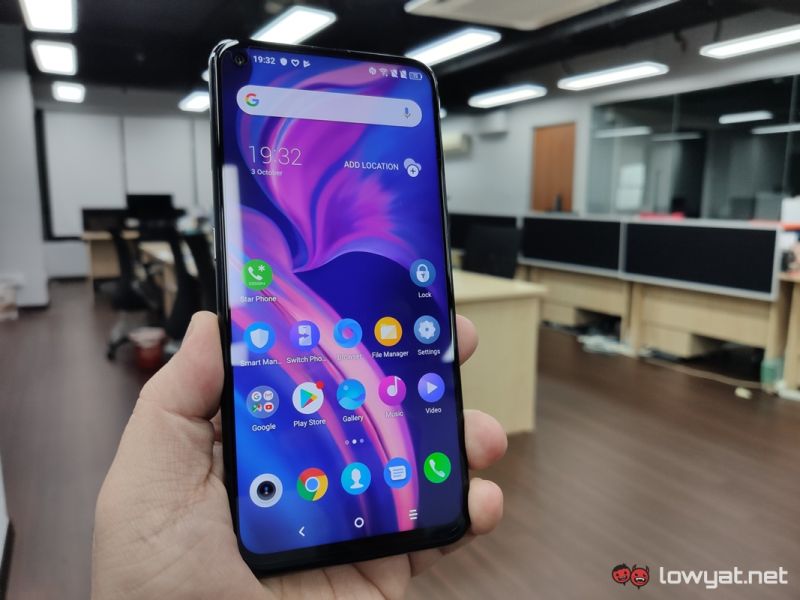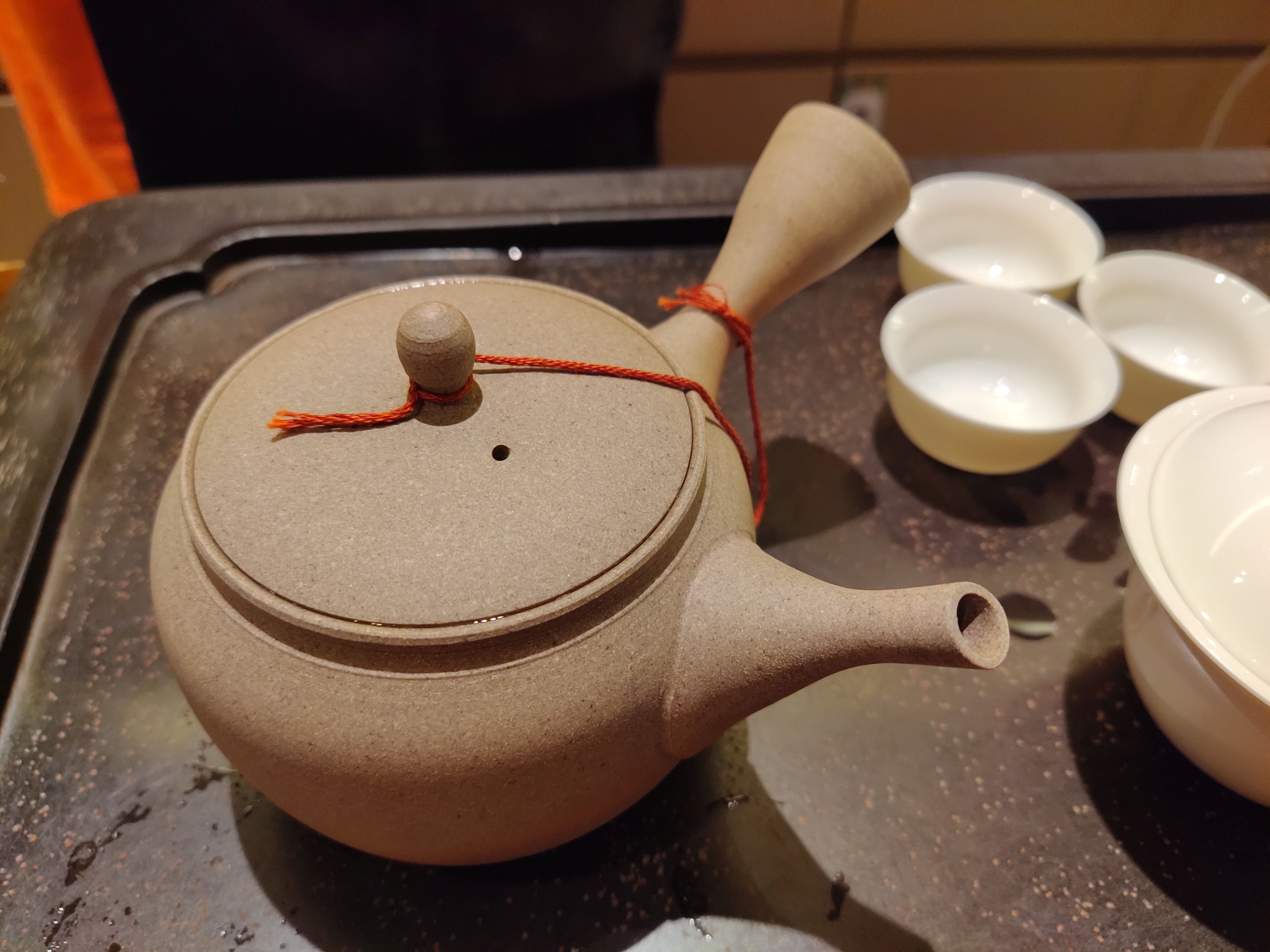TCL isn’t a name that many of you would be familiar with, but the brand was responsible for bringing the Alcatel brand back into Malaysia, however short-lived the initiative was. Then, back at IFA 2019, the brand surprised the world with the Plex, its very first self-branded smartphone.
Underneath the hood, the phone is rocking a Qualcomm Snapdragon 675 SoC, 6GB RAM, and 128GB of expandable storage. Despite being a Snapdragon 600 series chipset, it’s no slouch by any means. Interactions are fluid, apps snap open almost instantly, and switching between windows is lag-free.
At a glance, the Plex looks remarkably simple and straightforward while borrowing specific elements from the competition. The phone is big and that’s primarily thanks to its 6.53-inch Full HD+ IPS display. Like most phones this size, it’s a little on the heavy side too at 192g.
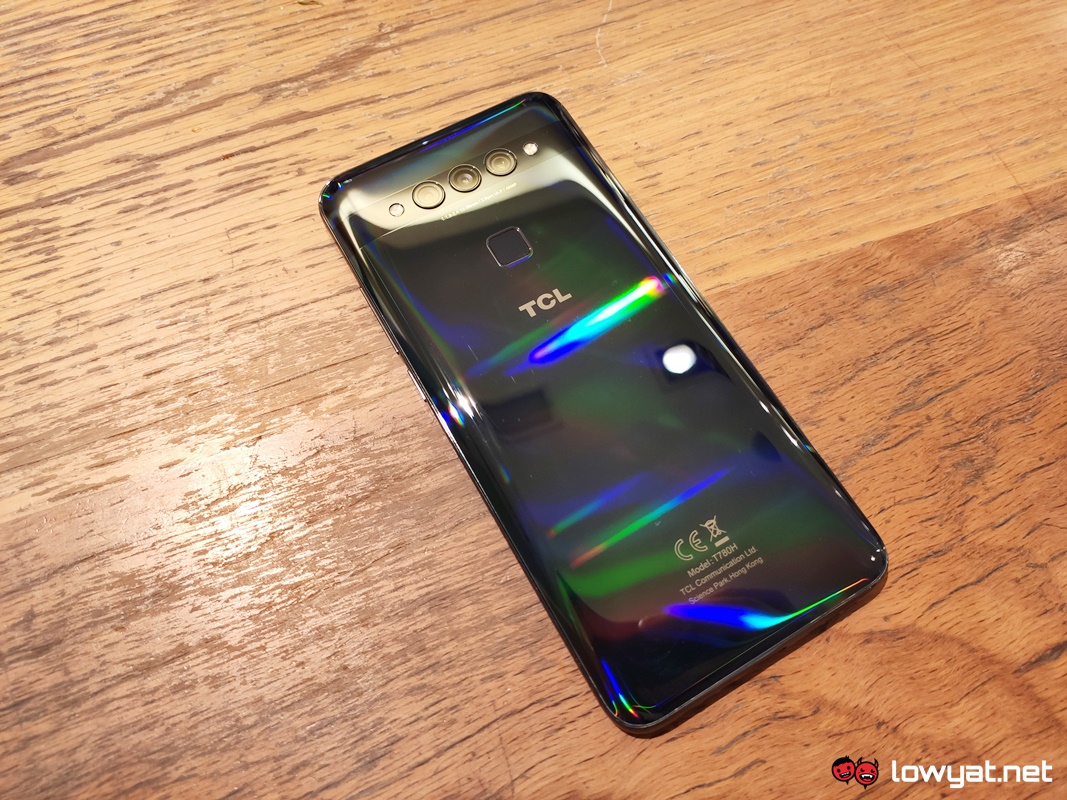
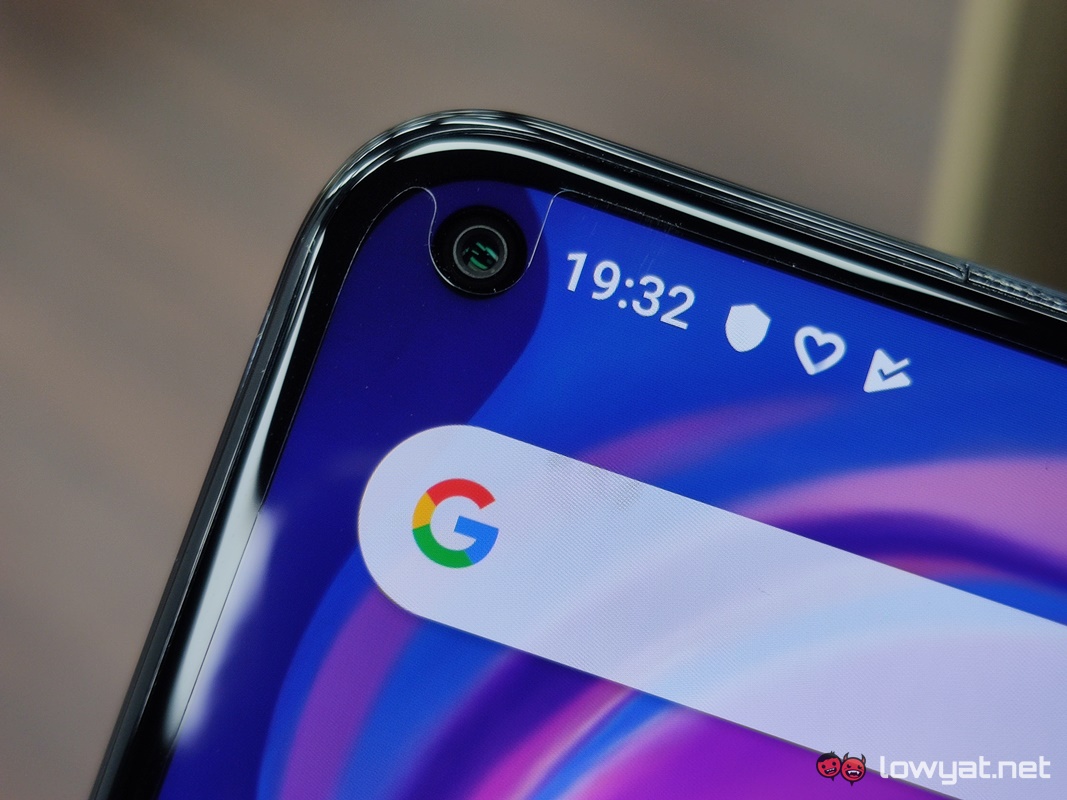
On an aesthetic note, the edges aren’t smooth or curved in like some phones; rubbing my thumbs on either side, you can feel the edges standing out. To be fair, this is supposed to an affordable and mid-range smartphone. To that end, the borders at the edges are pretty noticeable, as is the chin at the bottom.
To our surprise, TCL seems to have taken a page from HONOR’s playbook and copied the punch hole design and position of the View20 for the Plex. On that note, the selfie camera is no slouch and packs a 24MP sensor that takes some very detailed selfies when needed.
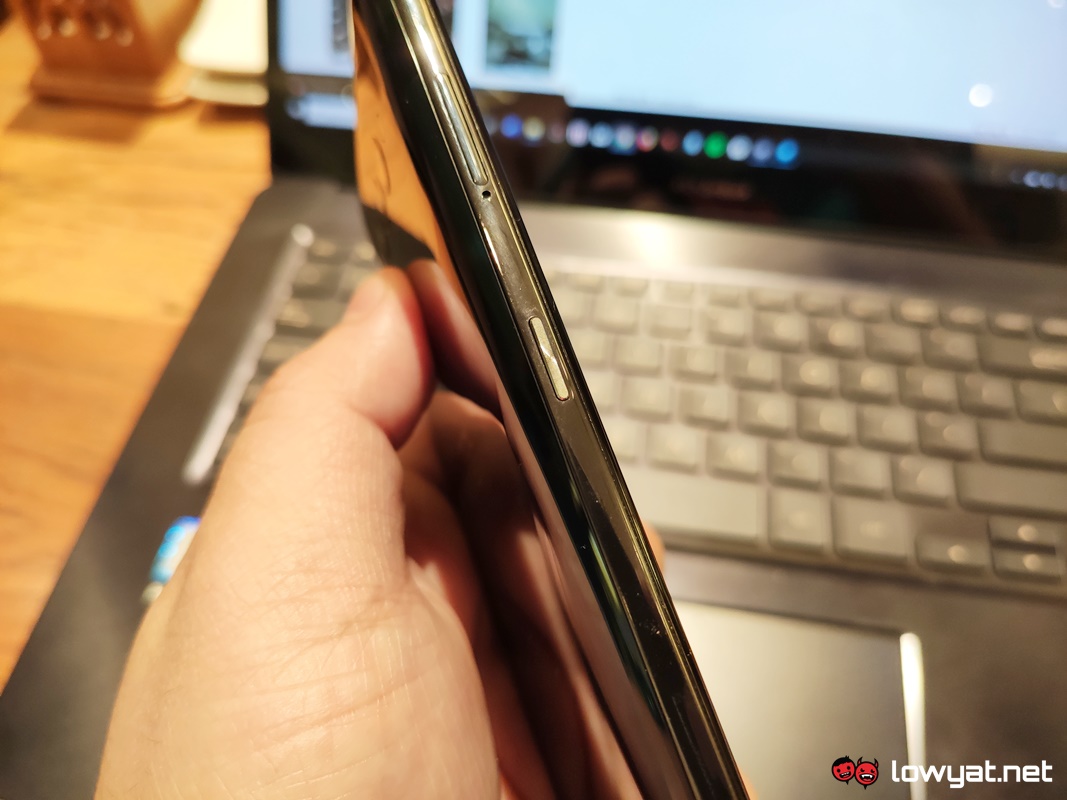
There’s also the additional side button on the left side that brings up Google Assistant by default. It’s a feature usually found on high-end, premium smartphones, which is a little bit of a surprise. On a personal level, I think the button to be rather annoying; at times, I find myself accidentally pressing it and bringing up the assistant, even when all I’m doing is adjusting the phone’s position. Mercifully, TCL allows you to turn it off via the on-board Smart Key app.
On a side note, there’s also NXTVISION, the brand’s proprietary technology that it says helps to optimise what is outputted, both on the Plex’s display, as well as its camera. Like the Smart Key app, there’s a dedicated app on the phone that allows for some slight tweaking, such as adjusting the warmth and enabling HDR upscaling, but nothing more.
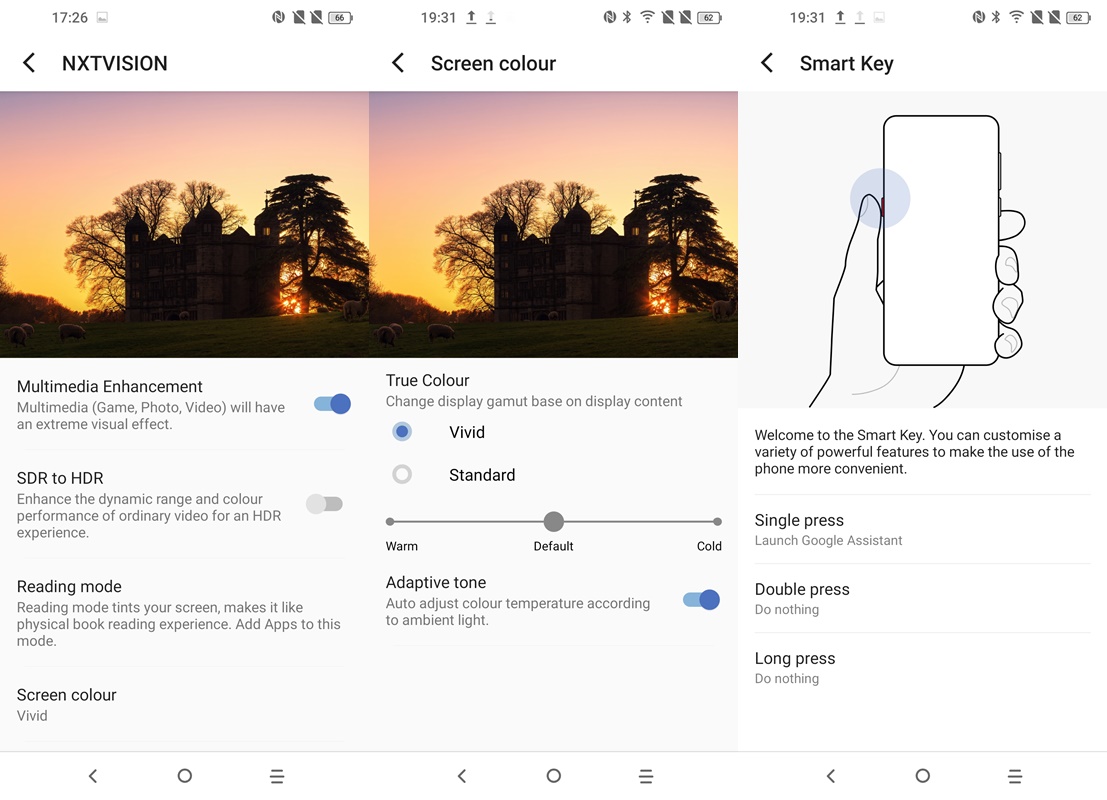
The one slight caveat I have with the Plex’s display is the fact that there is some sort of washout effect when viewing it from different angles. Having said that, I am unsure if this issue is just an isolated issue with my device or if it is generic with all units.
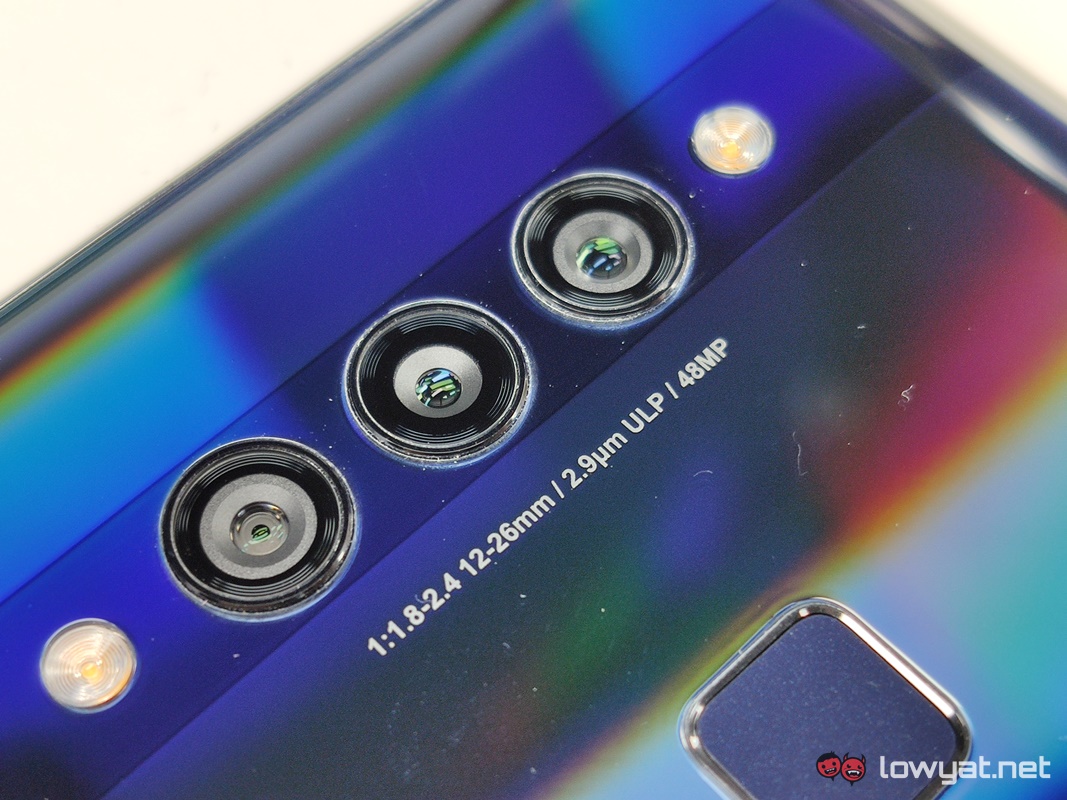
And then there’s the Plex’s main triple camera array. To recap, the module comprises a 48MP Sony IMX582 sensor, a 16MP Samsung S5K3P9 ultra-wide, and a 2MP OV02K super low-light sensor.
Daytime photography with the Plex is effortless and relatively decent. As for low-light photography, the results are a mixed bag. Often at times, pictures I take at night or in low-light scenarios have a washed-out look. Worst yet, they look like they have some smudging effect on them, as if someone had pressed their thumb down on it. On the occasion that low-light photography does tilt in my favour, pictures capture looked decent with minimal loss of detail and noise.
The low-light photography flaws notwithstanding, it’s important to remember that the Plex is TCL’s first attempt at making its own device. At an SRP of RM1199, it’s hard for me not to recommend this device, especially one that is trying to strike a balance between performance and affordability.
Follow us on Instagram, Facebook, Twitter or Telegram for more updates and breaking news.


